Power Strips: Which Devices to Avoid Plugging In and How to Stay Safe
Power strips are everywhere in our homes, making it easy to plug in multiple devices at once—whether it’s charging phones or powering small gadgets.
But not all appliances are safe to connect to a power strip. Using the wrong devices can lead to serious hazards like overheating, electrical fires, or damage to your electronics. Knowing which devices to keep off your power strip is key to protecting your home and family.
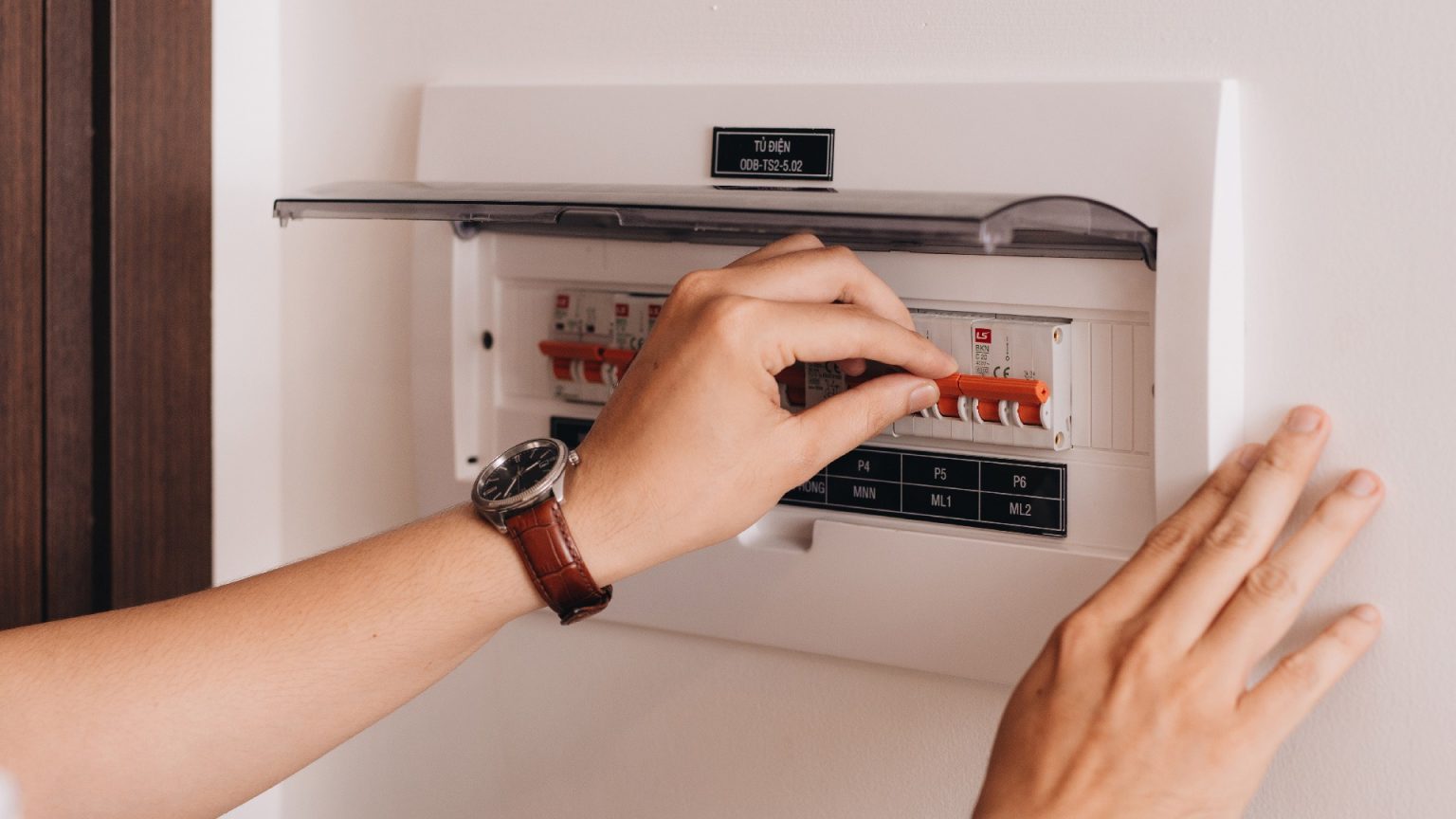
Why It’s Important: Beyond a Simple Fuse Blowout
When high-powered appliances overload a power strip, especially a low-quality one, it can quickly cause overheating, melted cords, or even sparks—turning a simple convenience into a dangerous situation.
Devices You Should Never Plug into a Power Strip:
1. Toasters
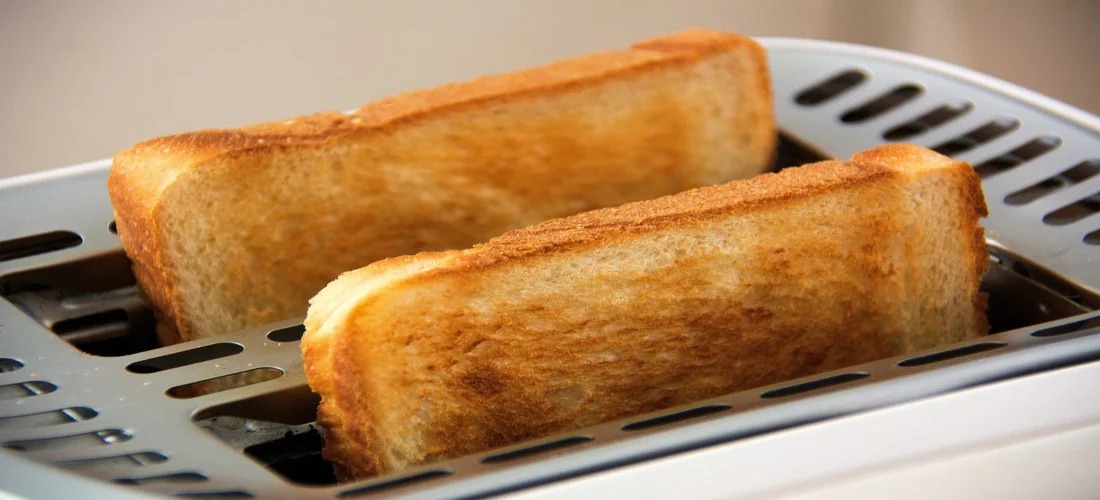
Though small, toasters draw a big surge of electricity when heating, which can easily overload a strip.
Best practice: Always plug toasters directly into a wall outlet.
2. Space Heaters
These use a lot of power and generate heat, making power strips a serious fire hazard when used with heaters.
Safe choice: Use a dedicated wall socket, preferably with built-in thermal shutoff.
3. Portable Air Conditioners
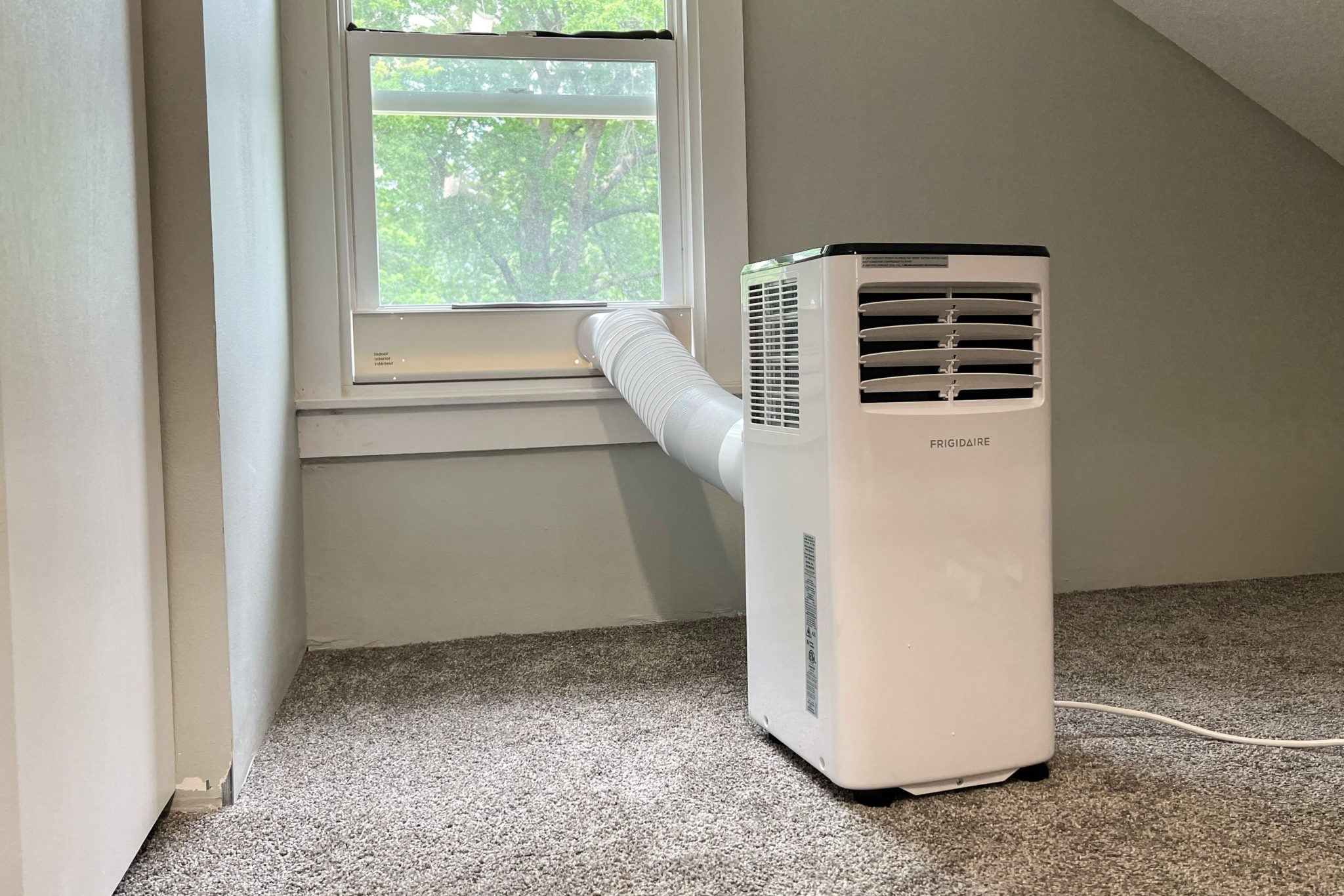
Like heaters, portable AC units pull heavy current that power strips can’t handle safely.
Always: Connect these directly to a wall outlet.
4. Vacuum Cleaners
Vacuum cleaners produce strong power surges at startup, which can strain power strips and cause overloads.
Tip: Plug vacuums into the wall for stable power.
5. Desktop Computers and Peripherals
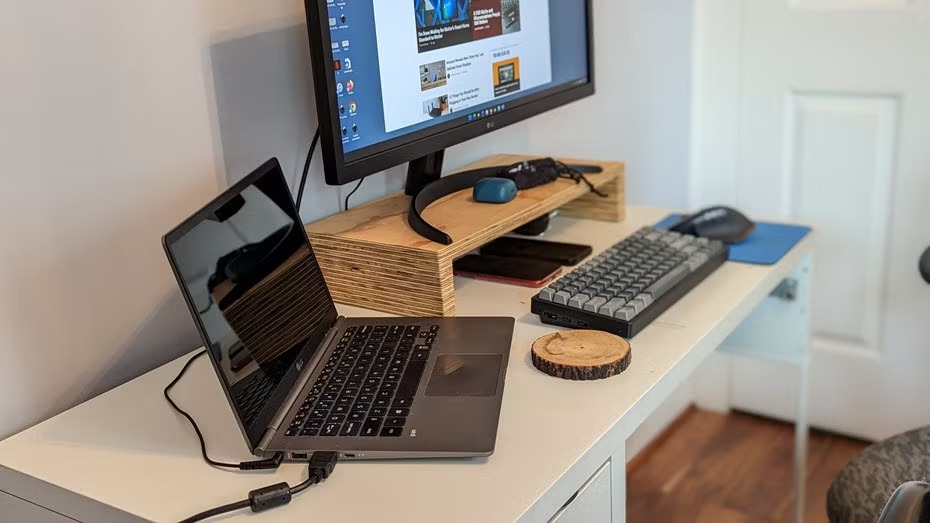
While individually low-power, combined devices like computers, monitors, printers, and speakers can push a power strip’s capacity, risking damage during surges.
Solution: Use surge-protected strips designed for electronics or spread devices across multiple outlets.
5 Must-Know Power Strip Safety Tips
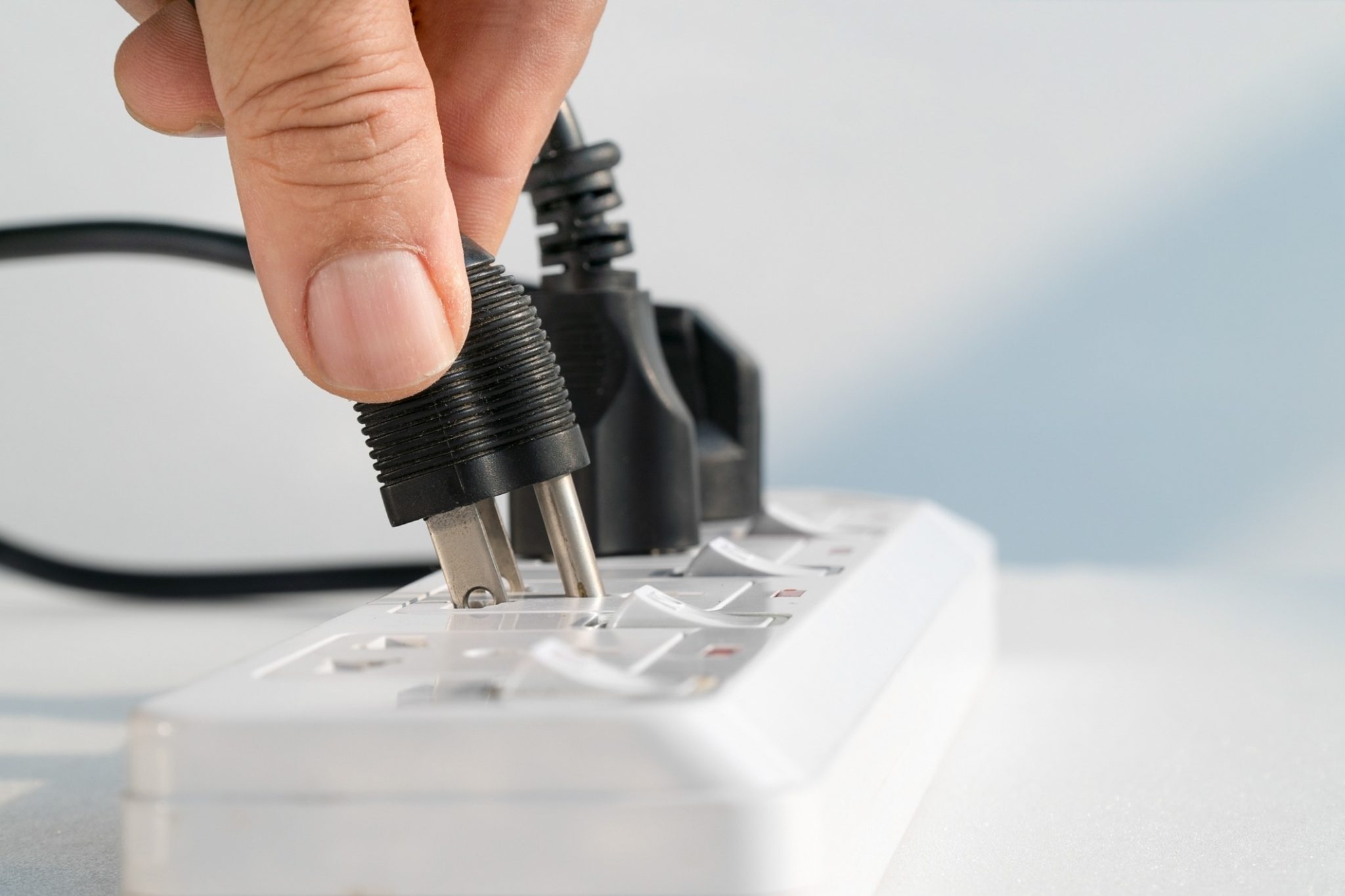
Don’t daisy-chain: Avoid plugging one power strip into another.
Feel the strip: A slight warmth is normal; if it feels hot, unplug it right away.
Choose quality: Use power strips with recognized safety certifications (UL, CE) and overload protection.
Skip cheap brands: Low-quality strips often lack crucial safety features.
Unplug unused devices: This reduces fire risk and saves electricity.
In Summary
Power strips make life easier—but misuse can turn them into a hazard. Be mindful of how much power your devices require, and always plug high-wattage appliances directly into the wall. With a little caution and the right equipment, you can keep your home safe and enjoy the convenience power strips offer.
